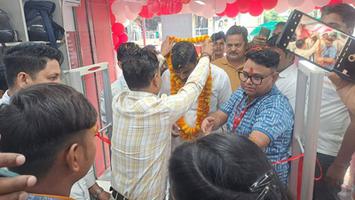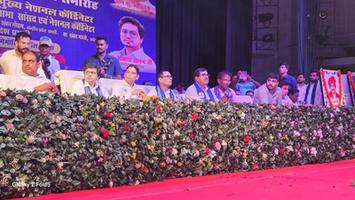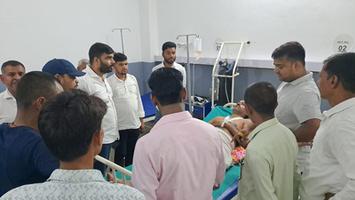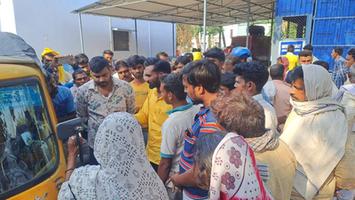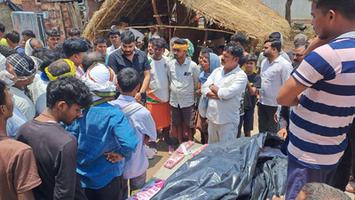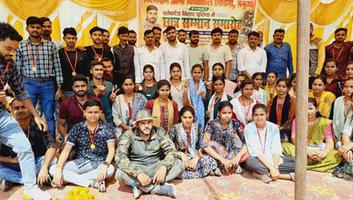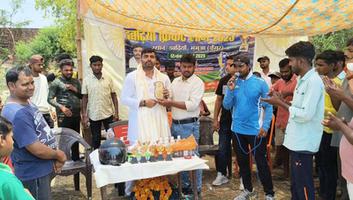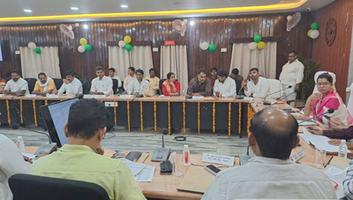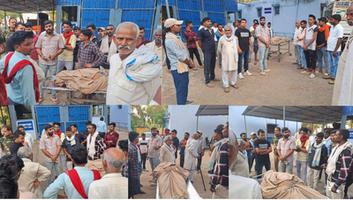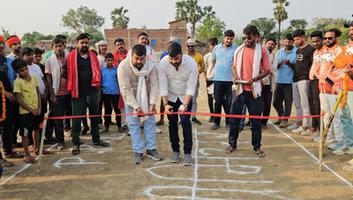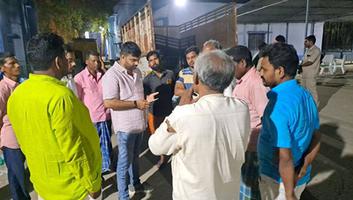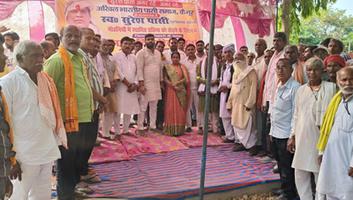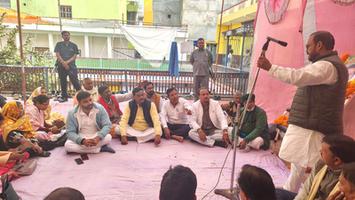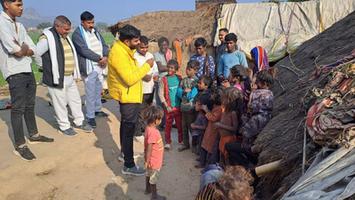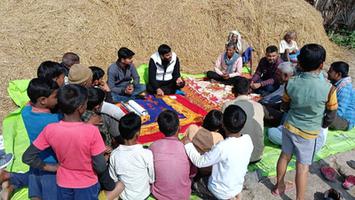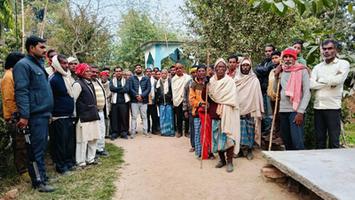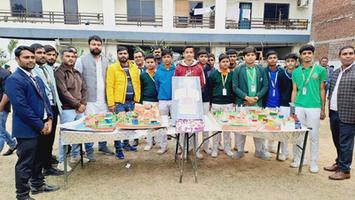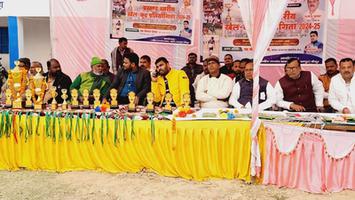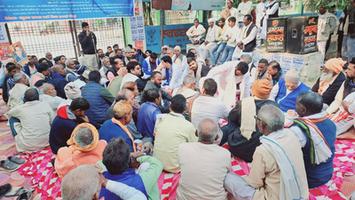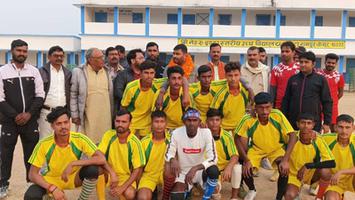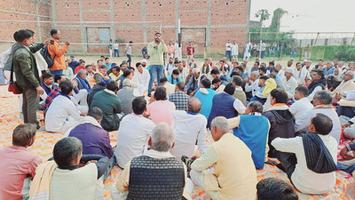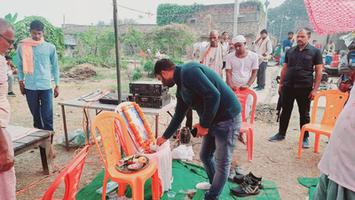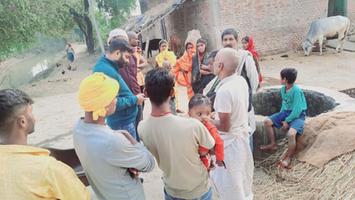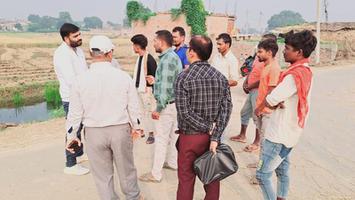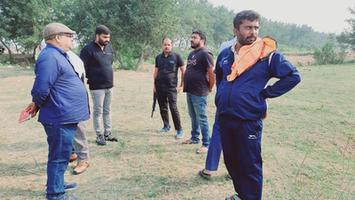India, a land of diverse geography and a rapidly growing population, faces one of the most significant water crises globally. Despite having 18% of the world's population, India possesses only 4% of the world's renewable water resources. This fundamental imbalance, coupled with various socio-economic and environmental factors, has created a complex and urgent challenge that impacts millions of lives, agriculture, industry, and the environment.
Understanding the multifaceted nature of India's water crisis is the first step towards developing effective solutions. It's not just about scarcity; it's about management, distribution, quality, and the sustainable use of this precious resource. At Pani Ki Kahani, we believe that addressing this crisis requires a holistic approach, combining traditional wisdom with modern technological advancements like Artificial Intelligence (AI).
The Scale of the Problem
The statistics paint a stark picture. According to NITI Aayog, India is suffering from the worst water crisis in its history, with nearly 600 million people facing high to extreme water stress. The report also projected that by 2030, the country's water demand is projected to be twice the available supply, implying severe water scarcity for hundreds of millions of people and an eventual 6% loss in the country's GDP.
Key dimensions of the crisis include:
- Groundwater Depletion: India is the world's largest user of groundwater, extracting more than the US and China combined. Over-extraction, primarily for agriculture (which consumes about 80% of India's water), has led to rapidly falling water tables in many regions, particularly in the northwest and south.
- Water Quality Degradation: Surface water bodies like rivers and lakes are heavily polluted by untreated sewage, industrial effluents, and agricultural runoff. Groundwater is also increasingly contaminated with fluoride, arsenic, nitrates, and heavy metals, posing severe health risks.
- Unequal Distribution: Water availability varies significantly across regions and seasons. While some areas face floods during monsoons, others experience prolonged droughts. Access to safe drinking water and sanitation remains a challenge, especially for rural and marginalized communities.
- Inefficient Use: Water use efficiency in agriculture and industry is often low. Traditional flood irrigation methods, subsidized electricity for pumping groundwater, and leaky distribution systems contribute to significant water wastage.
- Climate Change Impacts: Changing rainfall patterns, increased frequency of extreme weather events (droughts and floods), and melting glaciers in the Himalayas are further exacerbating the water stress.
Impacts Across Sectors
The water crisis permeates every aspect of life and economy in India:
- Agriculture: The backbone of the Indian economy, agriculture is highly vulnerable. Water scarcity affects crop yields, threatens food security, and impacts the livelihoods of millions of farmers.
- Health: Lack of access to safe drinking water and sanitation leads to waterborne diseases like cholera, typhoid, and diarrhea, contributing significantly to the public health burden, especially among children.
- Industry: Water-intensive industries like power generation, textiles, and manufacturing face operational risks and potential shutdowns due to water shortages.
- Urban Areas: Rapid urbanization puts immense pressure on water supply and sanitation infrastructure in cities. Many major cities, including Chennai, Bengaluru, and Delhi, have faced acute water shortages in recent years.
- Environment: Depleting rivers, drying wetlands, and falling groundwater levels have severe consequences for ecosystems and biodiversity.
- Social Conflict: Competition over scarce water resources can lead to social tensions and conflicts between states, communities, and different user groups.
The Need for Innovative Solutions
Addressing India's water crisis requires a multi-pronged strategy involving policy reforms, infrastructure development, community participation, and technological innovation. Traditional water management systems, which have sustained communities for centuries, hold valuable lessons in rainwater harvesting, groundwater recharge, and efficient water use. However, the scale and complexity of the current challenges necessitate the integration of modern tools.
"Water is the driving force of all nature." - Leonardo da Vinci
This is where Artificial Intelligence (AI) offers significant potential. AI can help analyze vast amounts of data related to weather patterns, water usage, groundwater levels, and water quality to enable better forecasting, optimize resource allocation, improve irrigation efficiency, detect leaks in distribution systems, and monitor water quality in real-time. By combining the deep ecological understanding embedded in traditional practices with the analytical power of AI, we can develop more resilient, efficient, and equitable water management systems.
Pani Ki Kahani is committed to exploring and implementing these integrated solutions. Understanding the depth and breadth of the water crisis is crucial for appreciating the urgency and potential impact of our work. In subsequent articles, we will delve deeper into specific traditional practices, the applications of AI in water management, and the projects we are undertaking to make a difference.

